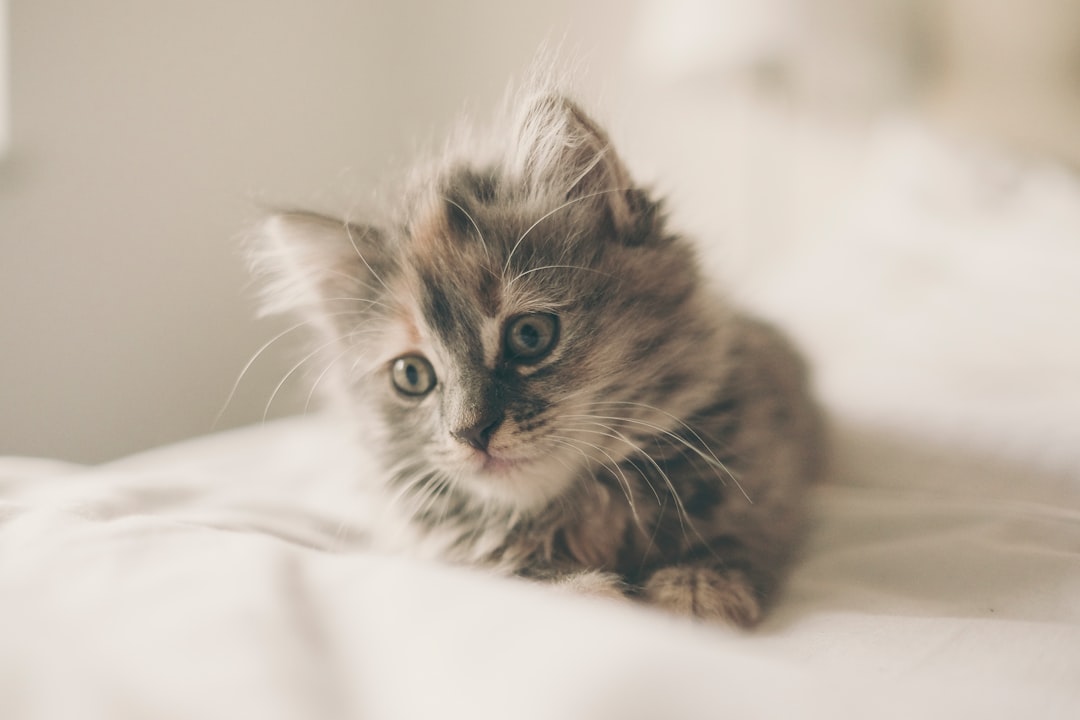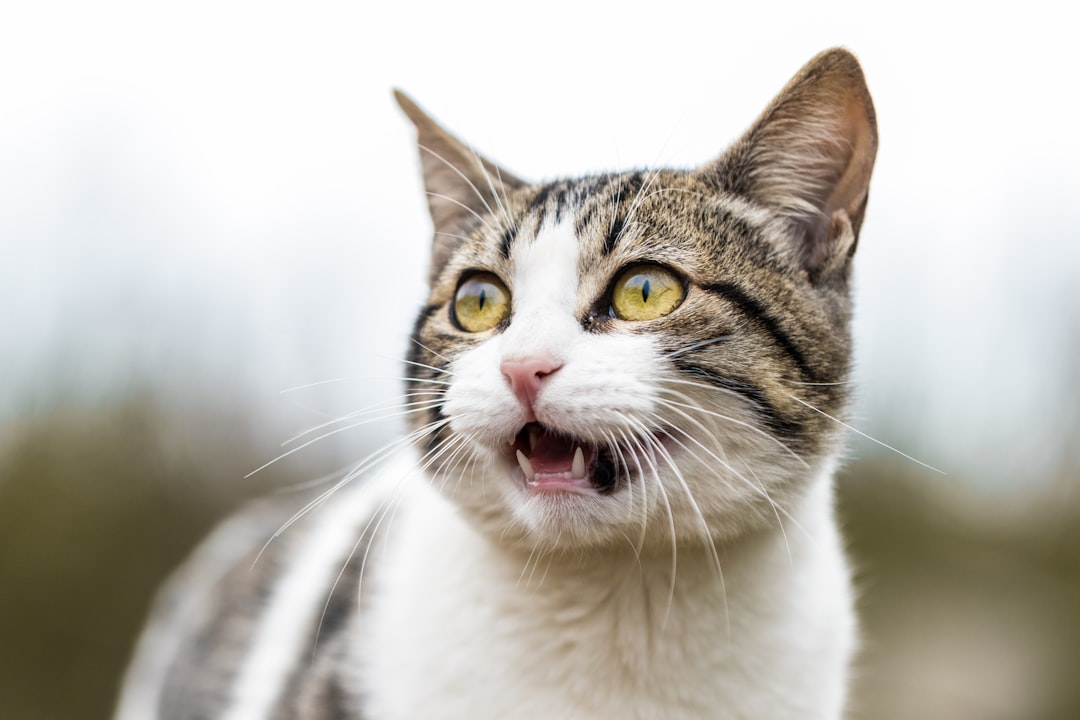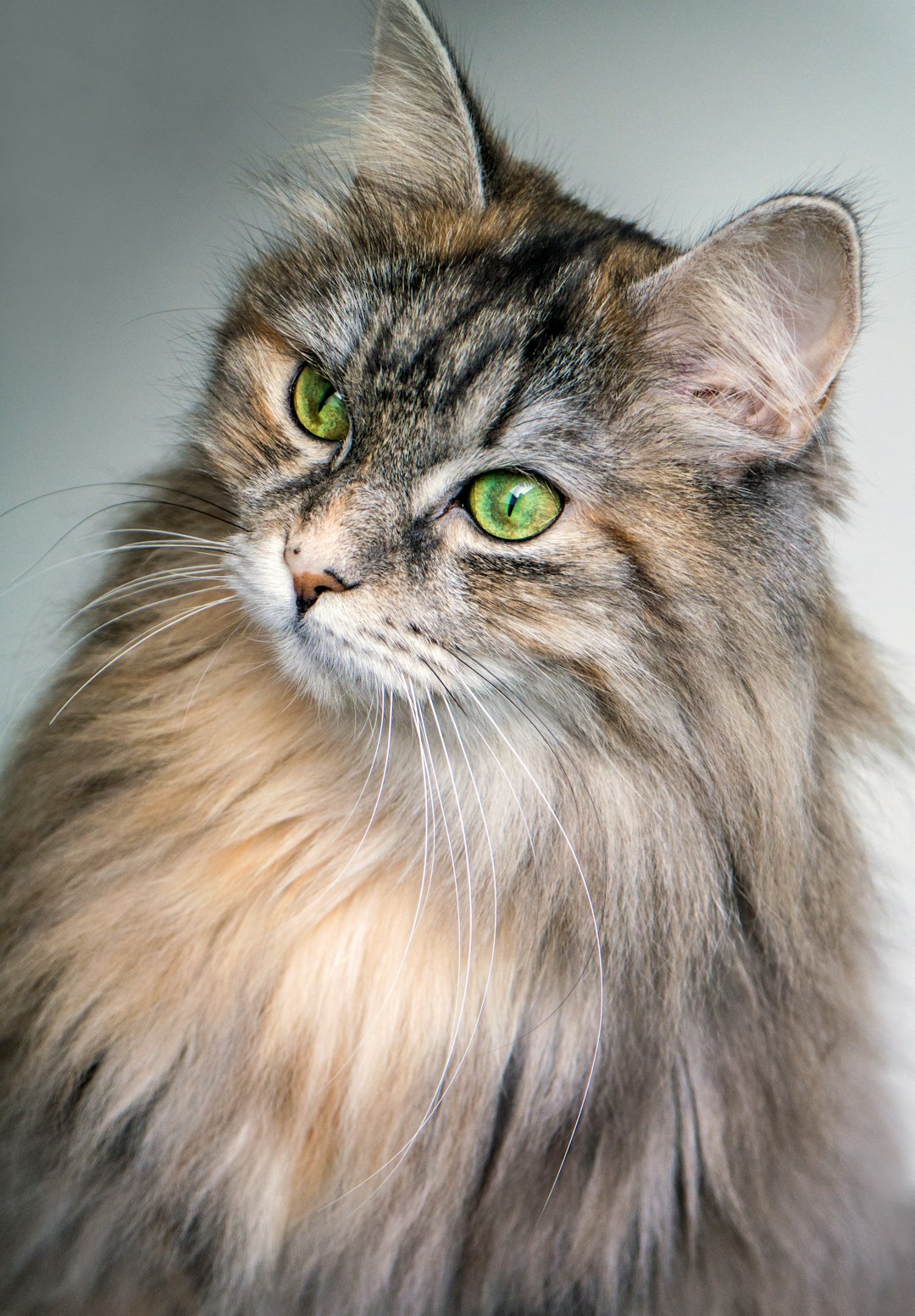Cats are more than just pets; they are cherished members of our families who deserve the very best, especially when it comes to their diet. Understanding your cat’s dietary needs is essential for selecting the right cat treats, ensuring they receive both nutrition and enjoyment. With countless types of treats available on the market, coupled with popular ingredients that pique their interest, choosing the perfect reward can be both fun and rewarding. In this guide, we’ll explore everything you need to know about cat treats, from selecting the healthiest options to spoiling your feline companion responsibly.
Understanding Your Cat’s Dietary Needs
When it comes to choosing the best cat treats, understanding your feline’s dietary needs is essential. Cats are obligate carnivores, meaning they require a diet high in animal protein. Here are some key nutritional considerations:
- Protein: Look for treats that contain high levels of meat or fish. These provide the necessary amino acids that support your cat’s overall health.
- Fats: Healthy fats are vital, as they provide energy and aid in nutrient absorption. Treats with omega-3 and omega-6 fatty acids promote a shiny coat and healthy skin.
- Carbohydrates: While cats need some carbohydrates, they should come from high-quality sources like vegetables and grains. Avoid treats with excessive fillers.
- Vitamins and Minerals: Essential nutrients boost bone density and immune function. Treats enriched with vitamins A, E, and taurine can be especially beneficial.
By focusing on these components, you can select cat treats that not only satisfy your cat’s tastes but also contribute to their well-being. Remember, a balanced diet is key, and treats should complement—not replace—regular meals.
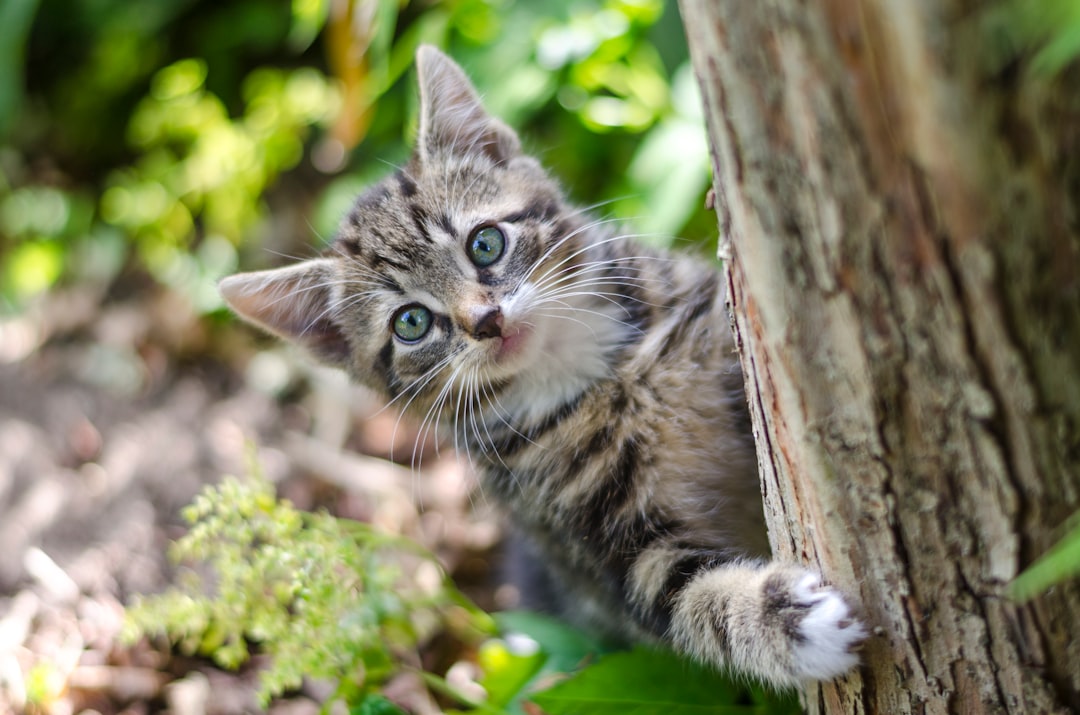
Types of Cat Treats Available
When it comes to cat treats, variety is key to keeping your feline friend satisfied and healthy. Here’s a breakdown of the most popular types of cat treats you’ll find:
Crunchy Treats:
- Typically bite-sized and hard, these treats are excellent for dental health.
- They often come in various flavors, catering to your cat’s preferences.
Soft Treats:
- Ideal for older cats or those with dental issues.
- Soft treats usually contain higher moisture content, making them more palatable.
Freeze-Dried Treats:
- Made from real meat or fish, freeze-dried treats maintain high nutritional value without preservatives.
- These are often rich in protein and are a great option for protein-focused diets.
Dental Treats:
- Specifically designed to help reduce tartar and plaque buildup.
- They usually have shapes and textures that promote chewing.
Homemade Treats:
- Tailored to your cat’s specific dietary needs, homemade cat treats can be a fun and healthy choice.
- You control the ingredients and can avoid any allergens.
By considering the type of cat treats you choose, you can ensure that your cat enjoys a variety of textures and flavors while also meeting their dietary needs.
Popular Ingredients in Cat Treats
When selecting the best cat treats, it’s essential to know what ingredients make them appealing and nutritious for your feline friend. Here are some popular components often found in cat treats:
Meat and Fish: Cats are obligate carnivores, so ingredients like chicken, beef, salmon, and tuna are favorites. They provide essential proteins for muscle development.
Fish Oil: Rich in omega-3 fatty acids, fish oil supports a healthy coat and skin, making it a common addition to premium cat treats.
Vegetables: While cats don’t need vegetables, ingredients like peas or pumpkin can offer fiber and essential nutrients without fillers.
Grains: Some cat treats contain grains like rice or oats, which provide energy, but choose grain-free options if your cat is sensitive to gluten.
Flavor Enhancers: Natural flavorings, such as chicken broth or liver, often keep cats coming back for more.
| Ingredient | Benefits | Considerations |
|---|---|---|
| Meat & Fish | High protein | Check for preservatives |
| Fish Oil | Promotes healthy skin & coat | Source quality matters |
| Vegetables | Adds fiber | Not essential for cats |
| Grains | Energy source | Watch for allergies |
| Flavor Enhancers | Increases palatability | Natural is best |
Understanding these ingredients helps you make informed choices about the cat treats you offer, ensuring they are both tasty and beneficial for your furry companion. Remember, quality matters!
Homemade Cat Treat Recipes
Creating homemade cat treats is a delightful way to pamper your feline while ensuring they enjoy healthy ingredients. Here are a couple of simple recipes your cat will adore:
Easy Chicken Cat Treats
Ingredients:
- 1 cup cooked chicken, shredded
- 1/2 cup whole wheat flour
- 1 egg
- 1 tablespoon catnip (optional)
Instructions:
- Preheat your oven to 350°F (175°C).
- Mix all ingredients into a dough.
- Roll out and cut into desired shapes.
- Bake for about 15 minutes or until golden.
Fishy Crunchy Treats
Ingredients:
- 1 cup canned tuna (in water)
- 1 cup oat flour
- 1 egg
Instructions:
- Preheat the oven to 350°F (175°C).
- Blend all ingredients until combined.
- Shape into small balls and place on a baking sheet.
- Bake for 10-12 minutes until firm.
By making these homemade cat treats, you provide your cat with nutritious rewards while steering clear of artificial additives. So, give these recipes a try and watch your furry friend smile with joy!
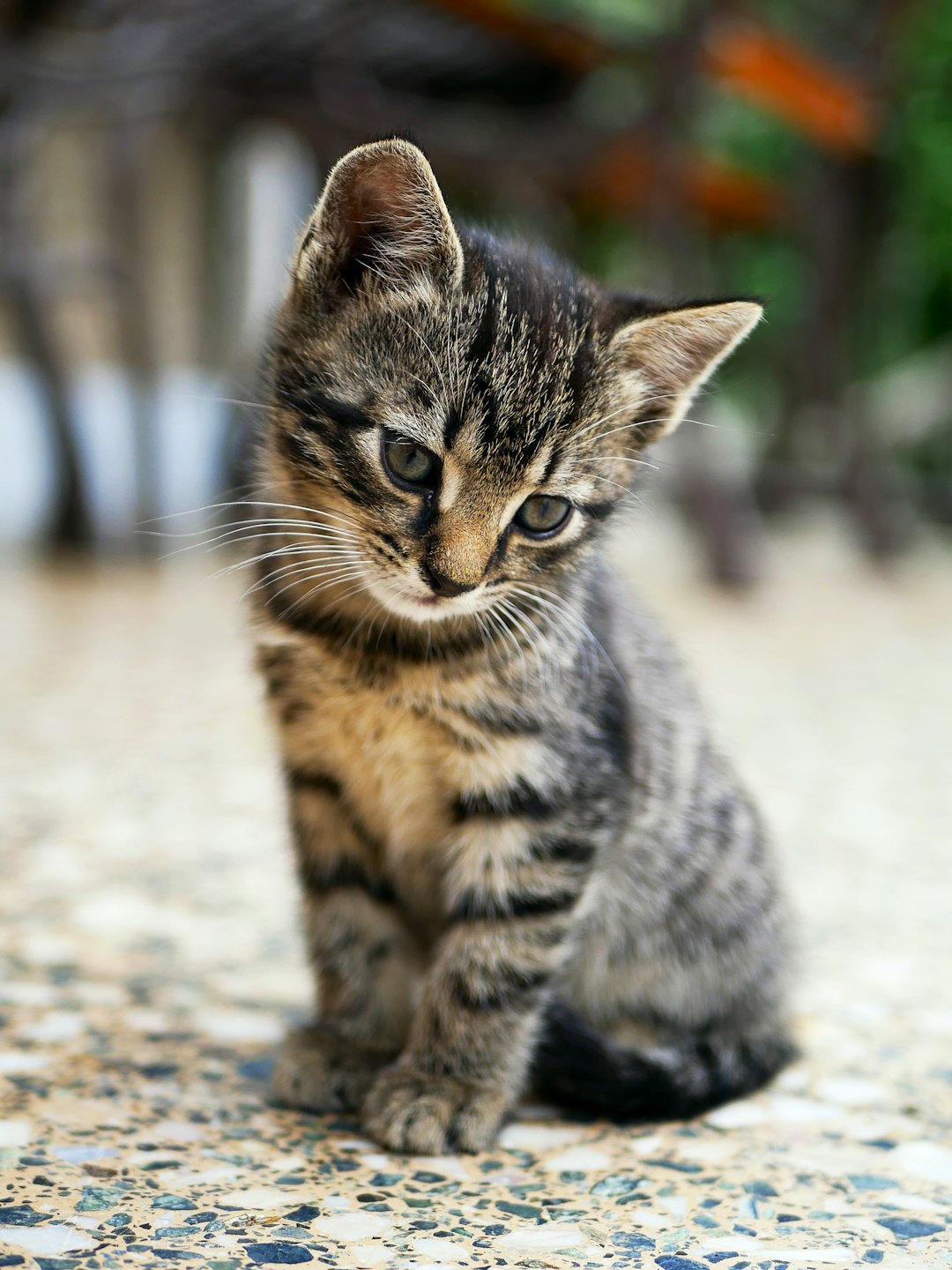
How to Choose the Right Treats
Choosing the right cat treats can significantly enhance your feline’s diet and satisfaction. Here are some key factors to consider:
Nutritional Value: Look for treats rich in protein, low in fillers, and made from whole ingredients. Ingredients to prioritize:
- Real meat or fish as the primary component
- Limited artificial additives
Texture Preferences: Cats often prefer either crunchy or soft treats. Consider your cat’s chewing habits:
- Crunchy treats: Great for dental health.
- Soft treats: Ideal for older cats or those with dental issues.
Flavor Variety: Cats can be picky. Offer a selection of flavors to discover what your feline loves most:
- Chicken
- Salmon
- Turkey
Special Diets: If your cat has food sensitivities, choose hypoallergenic or grain-free cat treats.
Caloric Content: Pay attention to the calories per treat. This helps you maintain portion control and avoid obesity.
By evaluating these aspects, you can select cat treats that not only delight your kitty but also contribute positively to their overall health.
Moderation and Treats: Setting Limits
When it comes to treating your cat, moderation is crucial. While cat treats can be a delightful addition to your cat’s diet, too many can lead to health problems such as obesity and digestive issues. Here’s how to set limits effectively:
- Follow the 10% Rule: Limit treats to no more than 10% of your cat’s daily caloric intake. This keeps their diet balanced.
- Check Treat Labels: Review the calorie content in cat treats to ensure you’re not exceeding daily limits.
- Use Treats for Training: Instead of excessive snacking, make cat treats a reward for good behavior during training sessions.
- Watch Portion Sizes: Use smaller treats or break larger ones into pieces to manage intake without losing the joy of rewarding your furry friend.
By being mindful of how many cat treats you provide, you can maintain your cat’s health while still making them feel special. Implementing these strategies ensures that treats remain a fun and healthy part of their diet!
Benefits of Treating Your Cat
Giving your feline friend cat treats can serve several beneficial purposes beyond just a tasty reward. Here are some prominent advantages to consider:
- Bonding Time: Treating your cat creates shared moments and strengthens your bond. Offering a treat during playtime or training fosters trust and affection.
- Positive Reinforcement: Using cat treats as rewards helps with training. When your kitty follows commands or exhibits good behavior, a treat reinforces that behavior effectively.
- Nutritional Boost: Certain cat treats have added vitamins and minerals, enhancing your cat’s diet. For example, freeze-dried or natural cat treats often contain essential nutrients.
- Encouraging Hydration: Some treats, particularly those with high moisture content, can help keep your cat hydrated.
- Dental Health: Crunchy cat treats can promote oral health by reducing plaque buildup and keeping your cat’s teeth clean.
Overall, incorporating cat treats into your pet’s routine can lead to a happier and healthier lifestyle when done in moderation. Treating your cat not only satisfies their taste buds but also supports a stronger relationship between you and your furry companion.
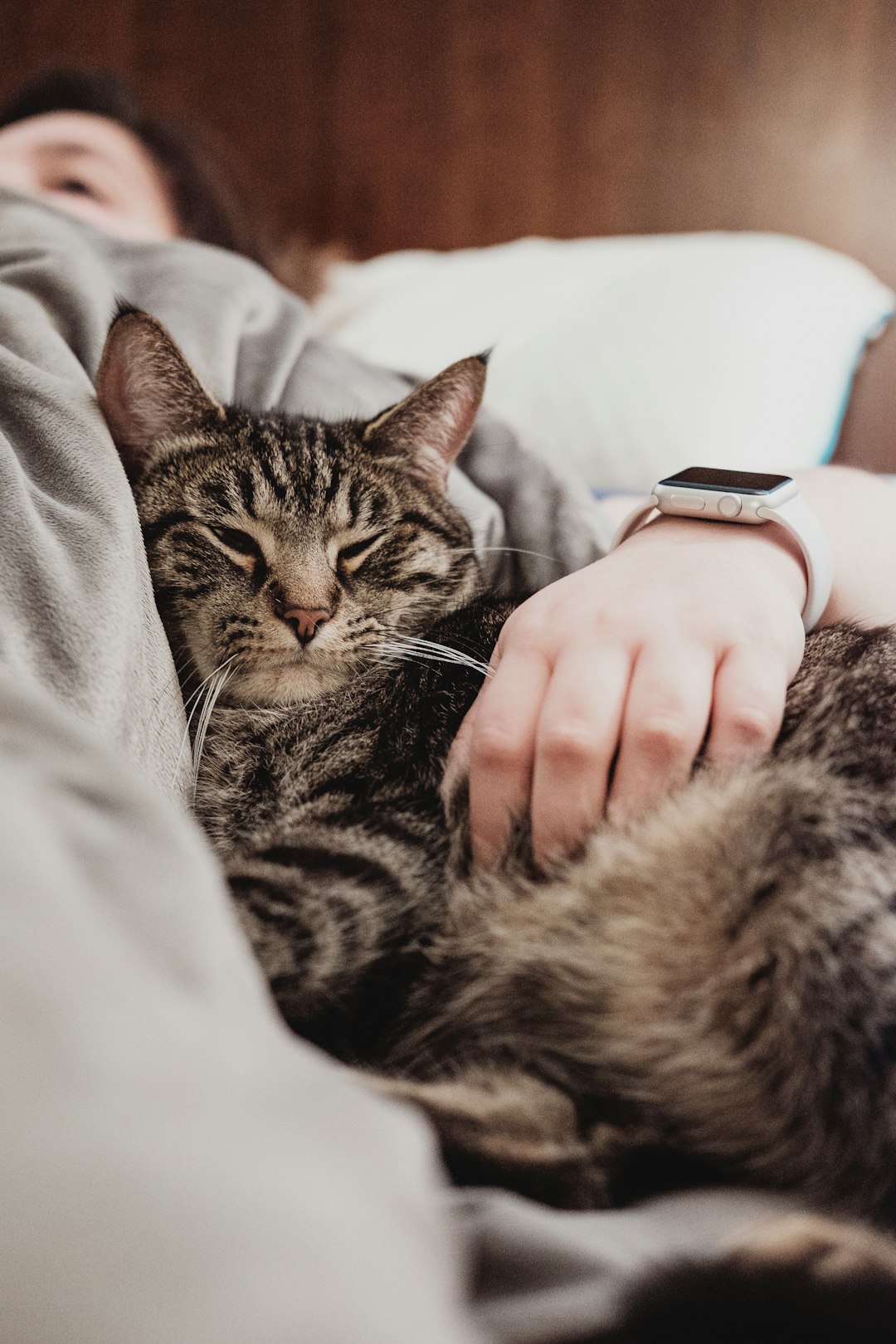
Tips for Introducing New Treats to Your Cat
Introducing newcat treats to your feline friend can be an exciting adventure, but it’s essential to do it gradually to ensure they adapt well. Follow these practical tips:
Start Slowly: Offer one new treat at a time. This allows you to gauge your cat’s reaction and check for any adverse effects.
Mix with Favorites: Blend new cat treats with their existing favorite treats. This can encourage your cat to try the new option without feeling overwhelmed.
Observe Reactions: Watch for any changes in behavior or appetite. If your cat seems hesitant, give them time to adjust.
Give Positive Reinforcement: After your cat tries the new treat, shower them with praise. This encourages a positive association with the new cat treats.
Stay Patient: Each cat has its preferences. If they don’t take to the new treat right away, don’t be discouraged.
By following these steps, you can make the introduction of new cat treats a delightful experience for both you and your furry companion!
Frequently Asked Questions
What ingredients should I look for in high-quality cat treats?
When choosing high-quality cat treats, look for treats that list real meat as the first ingredient, as cats are obligate carnivores and require protein in their diet. Additionally, check for natural ingredients without fillers such as corn, wheat, or soy. Healthy fats, like fish oil, are also beneficial, and certain vitamins and minerals can enhance your cat’s overall health. Always avoid artificial preservatives and flavorings for a healthier option.
Are there any treats suitable for cats with food allergies?
Yes, there are many cat treats specifically formulated for cats with food allergies or sensitivities. These often contain limited ingredients, such as single sources of protein like duck or venison, and are free from common allergens like grains and artificial additives. It’s advisable to consult with a veterinarian before introducing new treats, especially if your cat has known allergies, as they can recommend the best options tailored to your cat’s needs.
How can I safely introduce new treats to my cat?
To safely introduce new treats, start by offering a small amount next to their regular food to see how they react. Monitor your cat for any signs of digestive upset or allergies such as vomiting or diarrhea. If your cat enjoys the new treat without any adverse reactions, you can gradually increase the amount over a week or two. Always ensure that treats make up no more than 10% of your cat’s daily caloric intake to maintain their overall health.
How often should I give my cat treats?
Treats should be given in moderation to prevent obesity and maintain dental health. As a rule of thumb, treats should comprise no more than 10% of your cat’s daily caloric intake. Depending on your cat’s size and diet, this may mean offering 1-3 treats a day. Always consider your cat’s overall diet and lifestyle when deciding how often to reward them, and opt for healthier treat options where possible.

